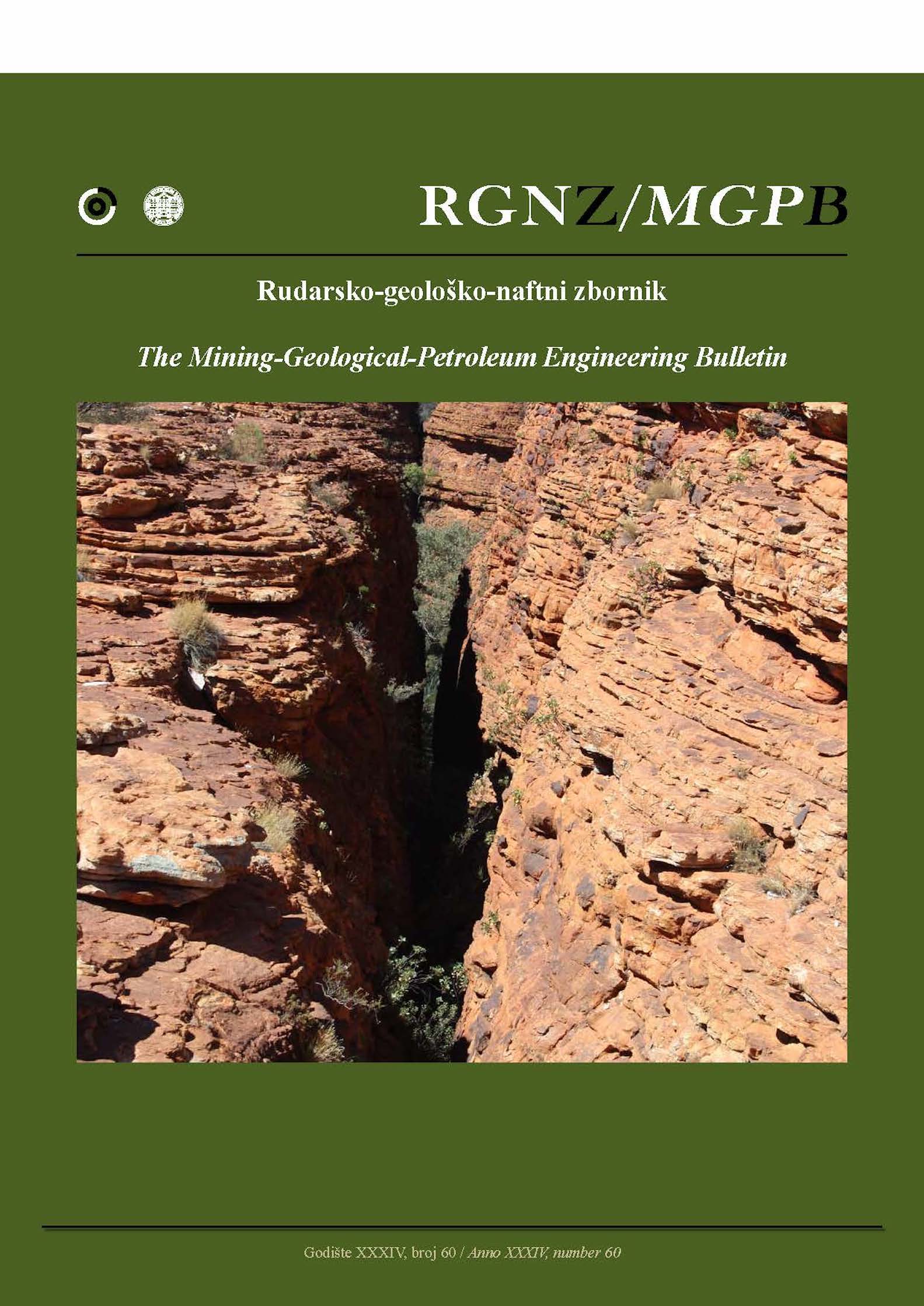Comparative analysis of the K-nearest-neighbour method and K-means cluster analysis for lithological interpretation of well logs of the Shushufindi Oilfield, Ecuador
DOI:
https://doi.org/10.17794/rgn.2022.4.13Keywords:
Machine learning, reservoir, lithology, ShushufindiAbstract
The lithological interpretation of well logs is a fundamental task in Earth science that can be accomplished with the application of various machine learning algorithms. The current investigation attempts to evaluate the performance of the K-nearest-neighbour Density Estimate (KNN) and K-means cluster analysis methods for predicting lithology in a dataset of logs measured in the siliciclastic reservoir of the Shushufindi Oilfield of Ecuador. The comparison of lithological interpretation is assembled using classical methods, such as qualitative interpretation and density-neutron cross plot. The lithological interpretation results showed that the supervised method KNN has a higher fitting level with the comparison interpretation data (87.3%, 1145 m predicted of 1311.1 m interpreted) than the results of the K-means method (71.6%, 939.7 m predicted of 1311.1 m interpreted). The geological nature of the reservoir creates a level of a discrepancy because of the near geophysical responses between limestone and intermedia grain size rocks. The possibility of controlling this in the KNN algorithm makes it preferable for usage in these types of reservoir lithological interpretation.
Downloads
Published
How to Cite
Issue
Section
License
Copyright (c) 2022 authors and journal

This work is licensed under a Creative Commons Attribution 4.0 International License.
Creative Commons-BY
Authors who publish with this journal agree to the following terms:
In agreeing this form, you certify that:
- You read the ethical codex of the RGN zbornik available at journal web.
- You submitted work is your original work, and has not previously been published and does not include any form of plagiarism.
- You own copyright in the submitted work, and are therefore permitted to assign the licence to publish to RGN zbornik.
- Your submitted work contains no violation of any existing copyright or other third party right or any material of an obscene, libellous or otherwise unlawful nature.
- You have obtained permission for and acknowledged the source of any illustrations, diagrams or other material included in the work of which you are not the copyright owner.
- You have taken due care to ensure the accuracy of the work, and that, to the best of your knowledge, there are no false statements made within it.
- All co-authors of this submitted work are aware of, and in agreement with, the terms of this licence and that the submitted manuscript has been approved by these authors.
Publication licence
You retain copyright in your submitted work, according to journal license policy (CC-BY). By signing this form you agree that RGN zbornik may publish it under the publication licence. In summary the licence allows the following:
Anyone is free:
- To copy, distribute, display, and perform the work.
- To make derivative works.
Under the following conditions:
- The original author must always be given credit.
- The work may not be used for commercial purposes.
- If the work is altered, transformed, or built upon, the resulting work may only be distributed under a licence identical to this one.
Exceptions to the licence
In addition to publishing the work printed under the above licence, RGN zbornik will also enable the work to be visible online.
The journal editorial can change the licence rules anytime but it cannot retroactively restrict author(s) rights.


